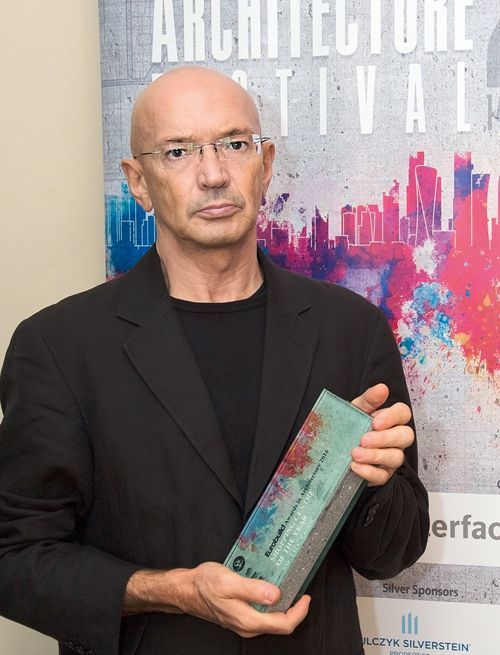Statuettes were presented specifically to the architects of Poland’s best shopping centres for the first time in the history of the Eurobuild Awards. It was clear that those nominated for the awards themselves felt that the competition was particularly intense. Out of the ten shopping centres entered in the competition, the jury of seventeen leading Polish architects, developers and investors shortlisted the top three most impressive projects before eventually deciding on the winner.
Tarasy at the top
The bold design of Tarasy Zamkowe in Lublin by Bolesław Stelmach in cooperation with Marek Zarzeczny, Zbigniew Wypych and Rafał Szmigielski was the most admired by the jurors. Thanks to its grey concrete façade, which has been prepared specially for vines and creepers, and the huge garden on the roof, it could even be regarded as more of a public building than a shopping centre. The jurors felt that the architects had successfully integrated this huge building into its a































































